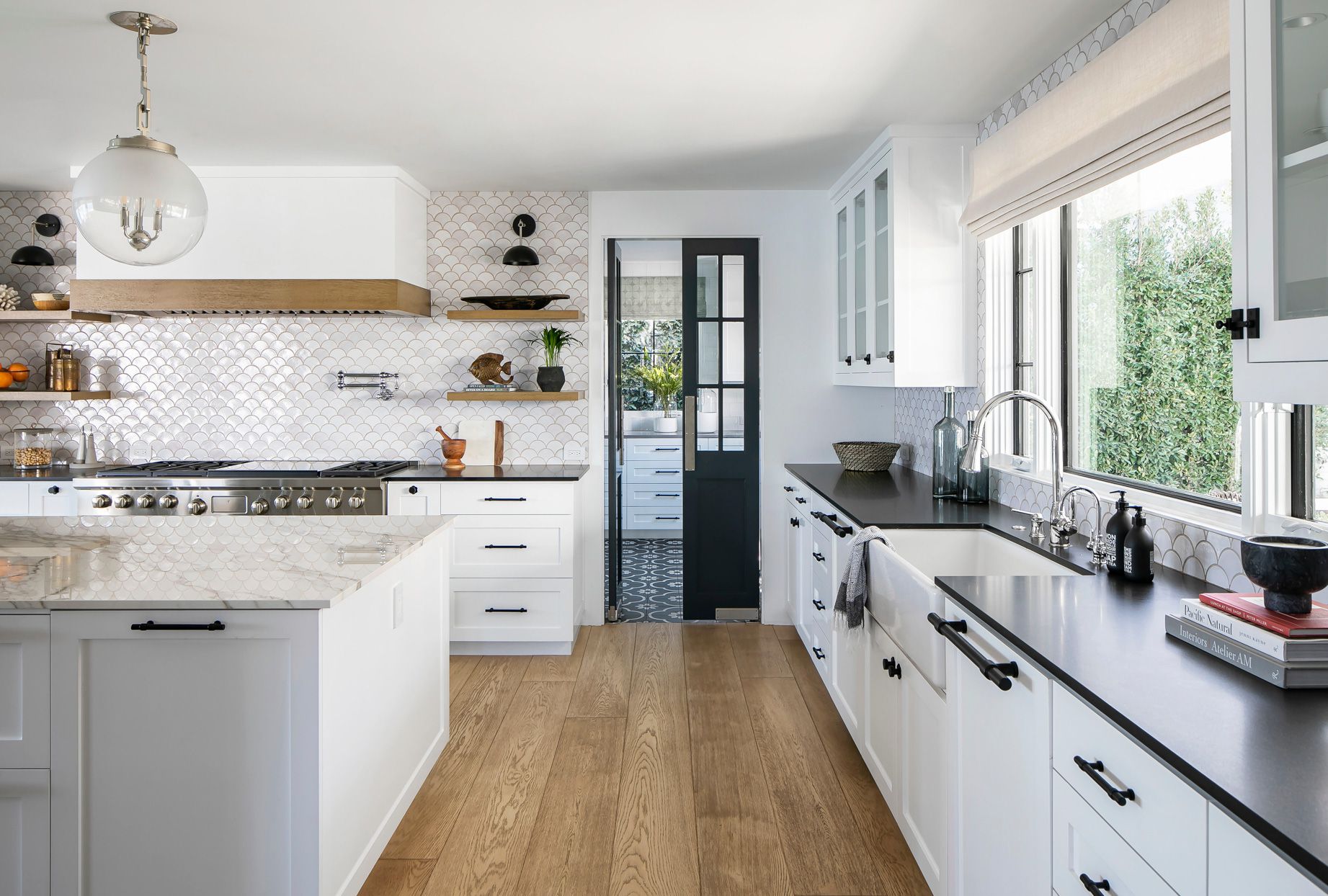A kitchen is more than just a place to cook—it’s where families gather, stories are shared, and meals turn into memories. So, it’s no surprise that renovating this essential space is often high on the list of home improvement priorities. However, turning your dream kitchen into a reality involves more than choosing tiles and countertops—it requires thoughtful financial planning.
Kitchen renovations can be costly, with average costs ranging from $10,000 to $75,000 or more, depending on the size, layout, and finishes. That means understanding your funding options is critical to starting your project with confidence.
1. Start with a Realistic Budget
Before you pick out a new farmhouse sink or decide between quartz and marble countertops, establish a detailed budget. List every item your renovation will require: cabinets, appliances, lighting, plumbing, flooring, labor, permits, and even contingencies.
A good rule of thumb is to set aside an additional 15%–20% of your total budget for unexpected costs, which almost always arise. Planning for surprises—like outdated wiring or water damage—can prevent financial panic halfway through the renovation.
2. Tap into Your Savings—Wisely
Paying out of pocket using your personal savings is the simplest and most interest-free way to fund a renovation. If you’ve been setting aside money specifically for home improvements, now is the time to use it.
However, be cautious. Avoid draining your emergency fund or dipping into retirement savings. It’s essential to maintain financial stability after the renovation is complete. If your savings aren’t quite enough, consider using a combination of savings and another financing option to reduce overall debt.
3. Home Equity: A Powerful Tool for Homeowners

If you’ve built up equity in your home, you can leverage it to finance your kitchen remodel through:
a. Home Equity Loan
Often referred to as a second mortgage, this option provides a lump sum with fixed interest rates and a fixed repayment schedule. It’s ideal for homeowners who have a clear idea of the total renovation cost upfront.
b. Home Equity Line of Credit (HELOC)
This acts like a credit card secured by your home. You can borrow what you need, when you need it, up to a limit, and only pay interest on the amount borrowed. HELOCs offer flexibility but come with variable interest rates, so monthly payments can fluctuate.
Both options typically offer lower interest rates than personal loans or credit cards—but they also put your home at risk if you’re unable to make payments, so proceed carefully.
4. Personal Loans: Quick and Unsecured
For those who don’t want to use their home as collateral or don’t have enough equity, unsecured personal loans are a popular alternative.
Many banks, credit unions, and online lenders offer personal loans with fixed rates and terms ranging from 2 to 7 years. Approval is often quick, and funds can be disbursed in a matter of days, making this option ideal for time-sensitive projects.
Be sure to compare interest rates, origination fees, and repayment terms from multiple lenders before committing. Your credit score will significantly influence the rate you’re offered.
5. Banking Solutions to Help You Stay Organized
Renovation projects involve a dizzying array of expenses. Between hiring contractors, ordering materials, and paying permit fees, it’s easy to lose track of your spending. Setting up a dedicated account exclusively for your renovation project is a smart way to manage costs and avoid tapping into your daily spending money.
Today, many online banks make this even easier by offering a free online debit card with new checking or savings accounts. This option allows you to:
- Track renovation-related expenses in real time
- Stick to your renovation budget
- Prevent accidental overspending
- Easily separate renovation finances from household expenses
These free online debit cards can be managed via mobile apps, making it simple to transfer funds, monitor balances, or even set spending limits.
If you’re working with multiple vendors or contractors, having a separate account linked to your renovation budget can also help simplify accounting for tax or refinancing purposes later.
6. Credit Cards: Short-Term Financing with Rewards Potential
While generally not advisable for funding a full-scale renovation due to high interest rates, credit cards can still play a role when used strategically.
For instance:
- 0% APR introductory offers can allow you to finance smaller purchases interest-free for up to 18 months.
- Reward cards may earn you points, miles, or cashback on purchases such as appliances or materials.
To avoid debt traps, only charge what you can afford to repay during the promotional period. Otherwise, you may end up paying far more than the original cost in interest.
7. Cash-Out Refinancing: A Long-Term Bet
If you’re already considering refinancing your mortgage to take advantage of lower interest rates, you might explore a cash-out refinance. This allows you to refinance for more than your existing mortgage balance and withdraw the difference in cash for your kitchen renovation.
Because this loan is secured by your home, the interest rate may be lower than other financing options. However, you’ll be resetting your mortgage term, which could cost more in interest over time, so it’s essential to run the numbers and consult a mortgage advisor.
8. Government Incentives and Rebates
If your renovation includes energy-efficient upgrades—such as installing LED lighting, ENERGY STAR® appliances, or low-flow plumbing fixtures—you may qualify for state or federal rebates and tax credits.
Check with:
- Your local utility provider
- ENERGY STAR’s rebate finder tool
- State-specific clean energy programs
These incentives can significantly offset upfront costs and make eco-conscious choices more affordable.
9. Contractor Financing Plans
Some contractors and home improvement retailers offer financing options directly through partnerships with financial institutions. These can range from “buy now, pay later” promotions to structured payment plans with fixed interest rates.
Pros:
- Often include promotional offers or deferred payments
- Easier approval process than bank loans
Cons:
- Interest rates can be higher than traditional loans
- Limited flexibility in choosing financing terms
Always compare contractor financing with other options to ensure you’re getting the best deal.
10. Phased Renovation: A Practical Approach
If you’re on a tight budget but still want to upgrade your kitchen, consider tackling the project in phases:
- Phase 1 – Replace outdated appliances
- Phase 2 – Refinish cabinets or update lighting
- Phase 3 – Upgrade countertops and flooring
This approach allows you to spread out costs over months or years, using a mix of cash and financing as needed. While it takes longer, phased renovations can reduce financial strain and help you avoid large debts.
Final Thoughts: Plan Smart, Build Beautiful
A successful kitchen renovation requires more than a good contractor and stylish designs—it demands smart financial planning. From tapping into savings to applying for a HELOC or using a free debit card online to track your spending, there are numerous ways to make your renovation affordable and stress-free.
Ultimately, the best funding option depends on your personal financial situation, credit profile, and renovation goals. By comparing your options and planning your budget wisely, you’ll be well on your way to creating a kitchen that not only looks amazing but also fits your financial life.

